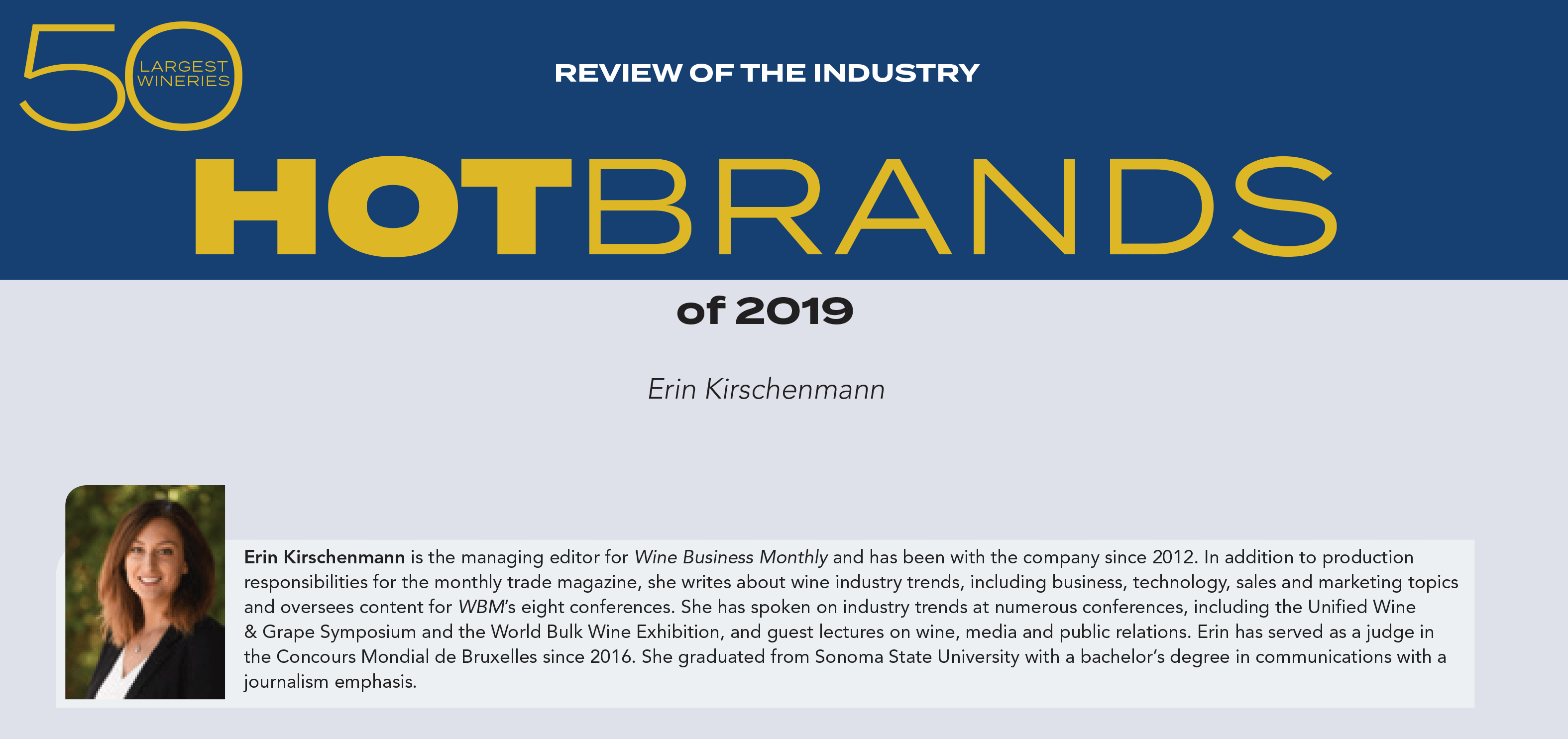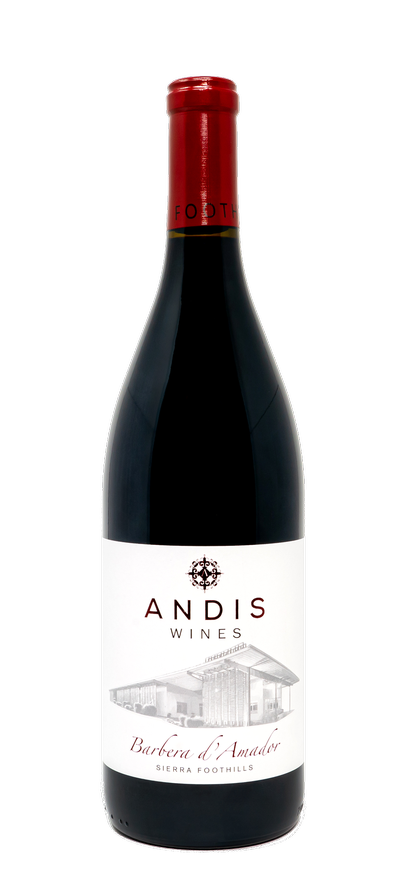Recent news, stories from the winemaker, happenings around the winery, recipes and more!
Proving Barbera is More Than a Blender

Two words define Andy Friedlander’s move from a successful commercial real estate business in Hawaii to a vineyard and winery in Amador County: “Yes, dear.” After more than 50 years in real estate, Friedlander and his wife, Janis Akuna, a certified financial planner and financial advisor on Wall Street, were ready to start planning the next stages of their lives. The couple made a trip out to Amador County and within just a few days fell in love with the open spaces and communal camaraderie—not to mention the opportunity to purchase great vineyard land and build a brand. The idea for a winery, though, was Akuna’s, and Friedlander jokes that he “just obliged.” And so, Andis Wines was born.
Andis Wines completed construction of its 22,000 square-foot production and tasting facility in 2010. Today, the building, which is located on Shenandoah Road in Amador County, serves as a hub for visitors to the Sierra Foothills, hosting regional tastings and events. The wine brand has grown since its conception, increasing production up to 8,000 to 9,000 cases, depending on the vintage, to match both direct-to-consumer and wholesale success—and now the brand has moved into the next phase, what it calls a “bold new era.”
In 2016, Friedlander and Akuna contracted renowned winemaking consultant Philippe Melka and his company, Atelier Melka, to breathe new life into their brand, to produce more a modern style of wine from its estate vineyard, as well as the many vineyards they’ve purchased from. Andis Wines has always sourced from several heritage vineyards in the Amador County area, including the Original Grandpère Vineyard, owned and farmed by Terri Harvey in Upton, with its 150-year-old, gnarled Zinfandel vines. For Melka, working with Andis Wines is an organic evolution away from Cabernet Sauvignon in California—Andis was the right place, at the right time.
“The Foothills have a good microclimate, diversity of soils,” said Melka. “It’s very clean but shows depth of gravelly soils. It gives truth and is totally transparent.” Though Melka consults, it is Maayan Koschitzky who operates the day-to-day winemaking. Inspired by Melka, Koschitzky and the rest of Atelier Melka, Andis Wines also re-designed their labels with the 2017 vintage release to express the winery’s revived dedication to producing outstanding wine from the region.
The new labels feature either the winery facility on those wines made from younger vines, or a twisted Zinfandel vine for those made from old vines. Another new concept came from national sales manager, Lorenzo Muslia, to help explain to customers what Barbera is and what it should taste like. It was his idea to lean into the Italian heritage inherent to the region and create the “Barbera d’Amador,” a fun play on the traditional Italian Barbera d’Asti and Barbera d’Alba wines.
Viticulture in Amador began in the 1850s, when the area was flooded with eager Gold Rush hunters. Many of them were European and most Italian. These immigrants planted the first grapevines, and that Italian influence persists to this day. Zinfandel remains the most popular variety, and the Foothills is home to a few surviving vineyards that date back to the 1800s.
But Barbera also took a strong foot-hold. Typically used solely as a blender variety until the late 1980s, this thin-skinned and vigorous grape grew well in the hot, arid Amador climate and is still successful to this day. High-yielding vineyards can consistently produce 10 to 11 tons per acre, when left unchecked. Andis Wines never shied away from using it as a standalone variety. With its naturally high acid and low, smooth tannins, the red grape can produce a refreshing, food friendly wine from Amador—just like it can in Italy.
The 2017 vintage is the first that Koschitzky and Atelier Melka produced from start to finish. To make the Barbera d’Amador what it is today, Koschitzky built a new process line to deal with the softer skins, hoping to capture a fresher profile, control the tannins and tame the potentially overwhelming acid. He used a high percentage of whole berries and didn’t crush in order to achieve that profile. The 2017 vintage is still a very young wine, and Koschitzky pointed out that it has the potential to age well and hopes that, whether consumed now or put down for a few years, the end product showcases the high-quality of Sierra Foothills Barbera.
Going forward, Andis will continue its focus on wines of site, highlighting the best of older vines and the diversity of Amador and Sierra Foothills viticulture. In addition to Barbera, Andis produces four Zinfandels (three in its Old Vine Series), a Painted Fields Series (blends of local varieties), and varietally labeled Semillon, Sauvignon Blanc, Schioppettino, Grenache Noir, Petite Sirah and Cabernet Franc.